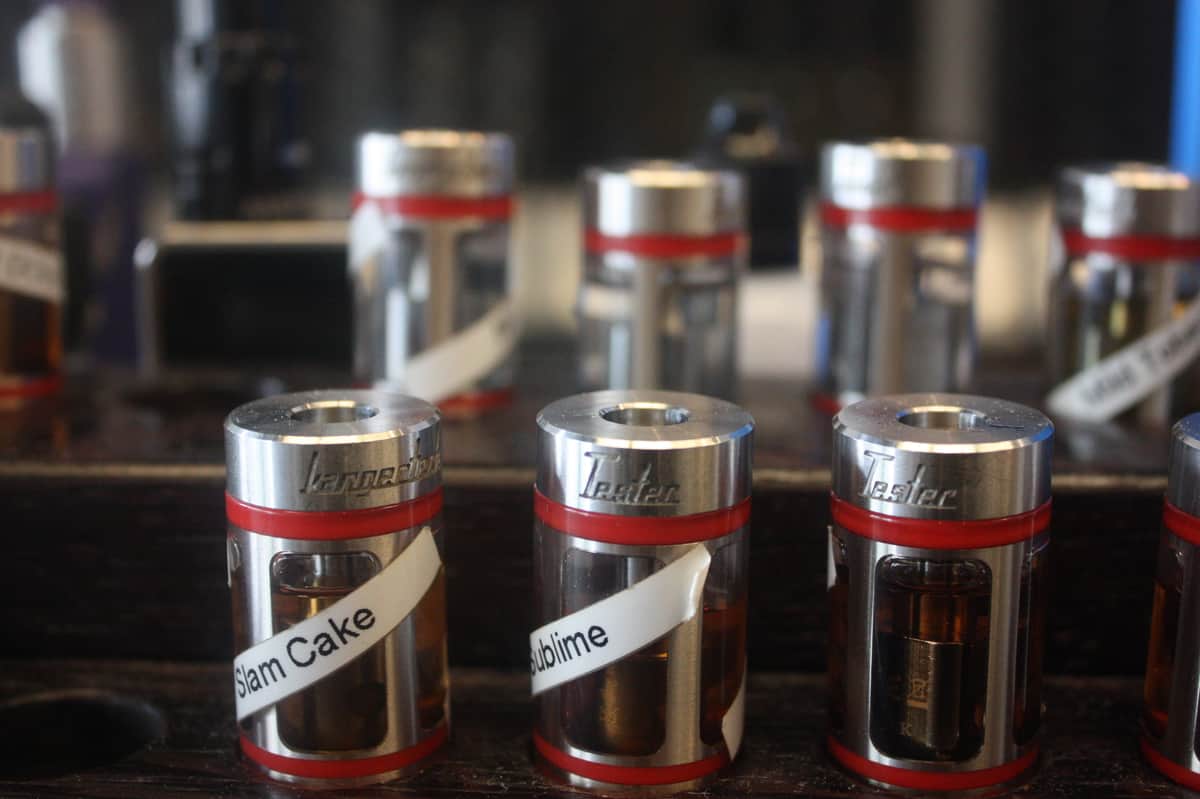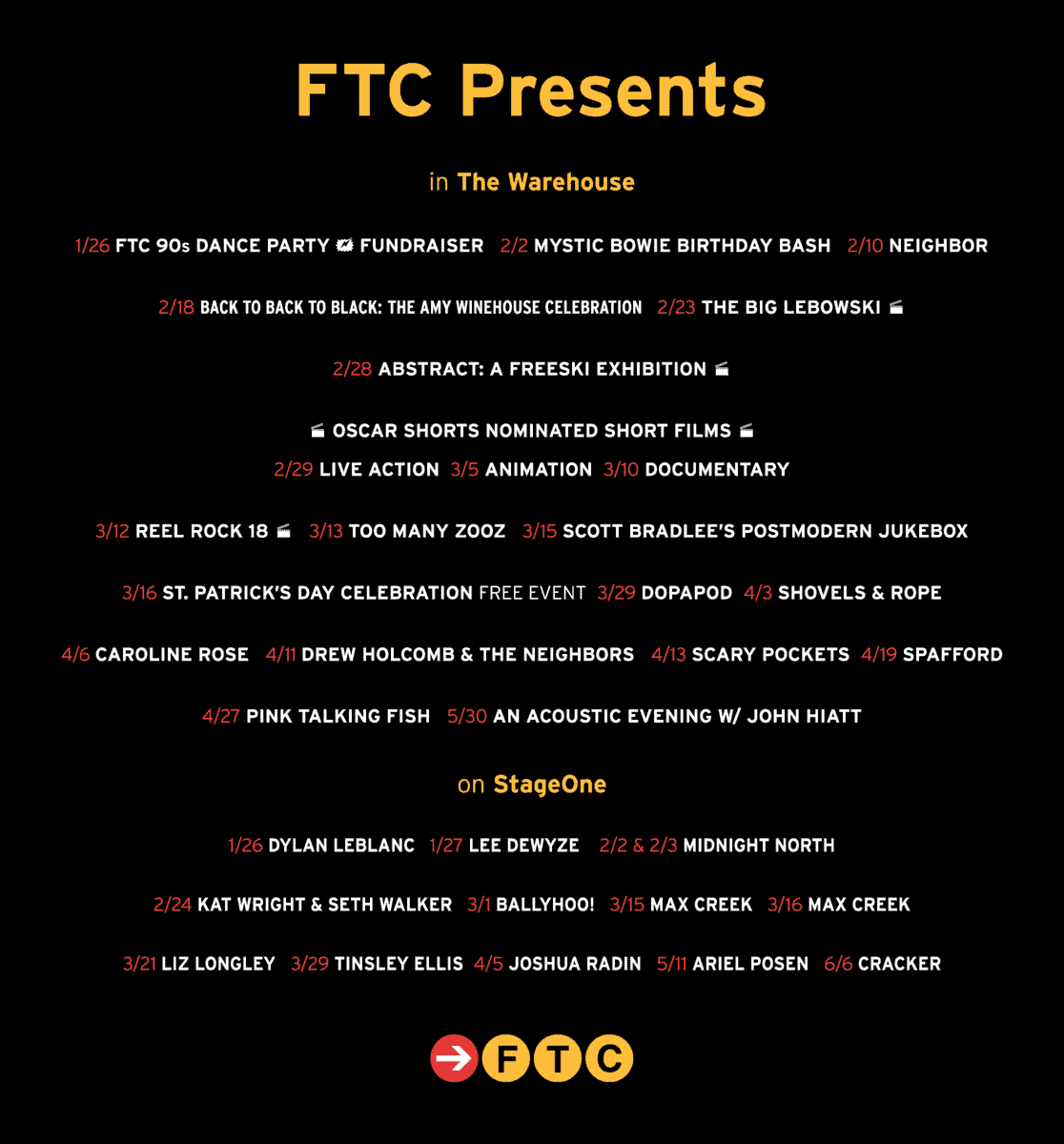[dropcap]A[/dropcap] federal regulation published by the FDA on May 10 classifying all vapor products as tobacco products may soon have a large impact on so-called vape shops across the country.
The regulation, which is now included in the FDA’s Federal Register, deems all tobacco products— which now include vapor products—subject to the Tobacco Control Act, a law that gives the FDA the authority to regulate these products as it sees fit.

All components of a vaporizer or e-cigarette—including eliquids, atomizers, batteries, cartridges, accessories, digital settings, tank systems, flavoring and programmable software—will be classified as tobacco products, subjecting them to individual regulation. The regulation also classifies hookah products and cigars as tobacco products, and subjects them to the Tobacco Control Act as well.
The regulation goes into effect on Aug. 8, 2016, and will require all components of tobacco products manufactured after Feb. 15, 2007 to be registered on an individual basis for federal approval within two years.
According to Jeff Stier, a senior fellow at the National Center for Public Policy Research, the application process—which requires the submission of all product ingredients, product listings and manufacturing establishments—would cost an estimated $1 million per application.
According to Cheryl Richter, owner of the CV Vape Den by Cherry Vape in Port Chester, the new FDA regulation puts her business, among many others, in danger of closing.
Having been manufacturing e-cigarettes and vaporizers for the past eight years, Richter has approximately 75 separate e-liquids on the market, a registration process that would cost her an estimated $9 billion in total.
“A lot of these vape shops were created by entrepreneurs who became businesspeople, so this regulation would really be wiping out the entire market,” she said.
Vapors, which gained their first patent in China in 2004 and were introduced to the United States in 2007, have since brought in $1.7 billion in revenue nationwide, according to the Tobacco Vapor Electronic Cigarette Association, with approximately 7,000 stores dedicated to the smoking alternative industry throughout the country. According to a study conducted by the Centers for Disease Control and Prevention in 2014, nearly 9 million adults across the country use e-cigarettes as an alternative to traditional smoking. Because e cigarettes and vapor products are available in varying amounts of nicotine, including none at all, users are able to customize and regulate their nicotine intake, which helps them wean off of it.
Spike Babaian, another veteran of the business, opened New York City’s first vape store, Vape NY, in 2011, and currently maintains three locations in Brooklyn and Manhattan. A former smoker, Babaian told the Review she turned to e-cigarettes in 2008 as a healthier alternative.
Founder of the annual convention Vapefest and the National Vapers Club, a consumer-based organization about the vaping industry, Babaian said the stipulations of the FDA’s new regulation make it impossible for small business owners, who can’t afford to register each individual product for approval, to comply. She said even if vapor manufacturers and retailers could pay the registration fee, they are not guaranteed approval by the FDA.
“This ban would hand over the market to big tobacco companies because they’re the only ones that can afford to register their products,” Babaian said.
The regulation has been eliciting feedback from outside the industry as well.
Wisconsin Sen. Ron Johnson, a Republican, sent a letter to FDA Commissioner Robert Califf on behalf of the Committee of Homeland Security and Governmental Affairs questioning the reasoning behind the FDA’s decision to implement a screening process on e-liquids. Johnson mentioned the negative affect that the regulation will have on small businesses, and the reliance on traditional cigarettes that the regulation may force vapor users to return to.
“Has the FDA considered the unintended consequences if decreased access to e-cigarettes leads to increased consumption of traditional cigarette and tobacco products,” Johnson asks.
While Johnson criticizes the regulation, U.S. Rep. Nita Lowey, a New York Democrat, applauds it, saying that nicotine and tobacco exposure is a threat to public health.
“An estimated 2 million American high school students have now used e-cigarettes,” Lowey said in a released statement.
“Children should not have access to these dangerous products, and adults should be aware of health risks associated with their use via new warning labels.”
Although the national age to legally purchase a vapor product is 18, some lawmakers across the country have already tried to steer youth away from traditional cigarettes by raising the age limit. In 2013, former New York City Mayor Mayor Michael Bloomberg, a Republican, passed legislation banning the sale of cigarettes to anyone under the age of 21; in 2016, California Gov. Jerry Brown, a Democrat, did the same.
With concern over the growing popularity of vapor products among young people, Richter and Babaian agree teenagers aren’t their target audience. They also suspect there to be ulterior motives behind the FDA’s decision to enact this regulation, considering its financial favorability toward big tobacco companies.
Since the formation of the Master Settlement Agreement in November 1998—a deal struck between the five largest tobacco companies and 46 state attorney generals—the tobacco industry has been required to pay the participating states an annual sum of $10 billion indefinitely. According to Richter and Babaian, the rising popularity of vapor products has negatively impacted the revenue of big tobacco companies, putting states’ annual payout in jeopardy.
“[This] was obviously an effort to wipe us out completely, and now we’re in the fight of our lives,” Richter said. “They would basically be putting e-liquid manufacturers in the position of committing a federal offense within the next two years. We’re not calling it a regulation; we’re calling it a de facto ban.”
With the regulation in place, a growing community of vapers may be forced to find an alternative to their alternative.
Richter said vapor products are so successful because they work effectively. She said e-cigarettes’ ability to mimic the physical and psychological habits of traditional smoking and allow the user to regulate their nicotine intake eventually helps them kick the habit completely.
“I was a smoker for 32 years and I tried the patch, the gum and giving it up cold turkey,” Richter said, “and this was the only thing that worked. We’ve had so many stories of people who had been smokers for 50 years and quit because they started vaping. It’s life-changing.”



